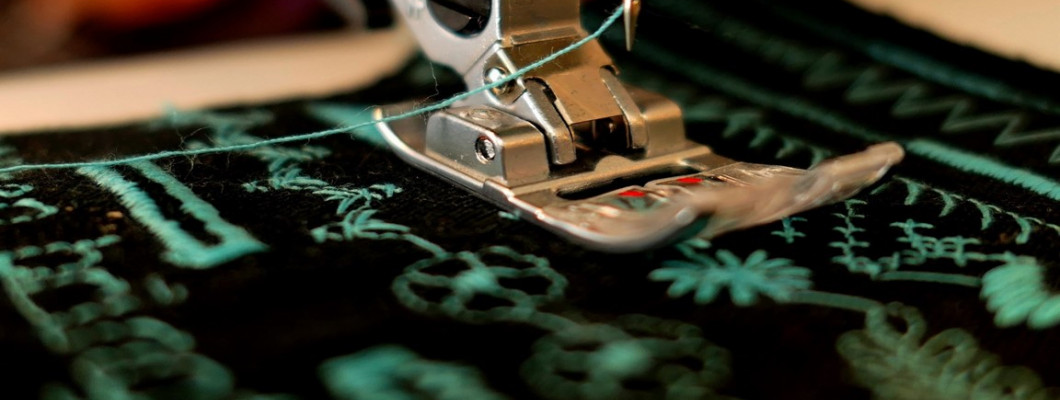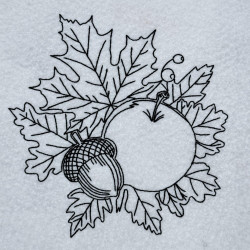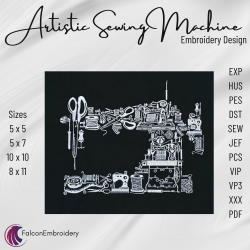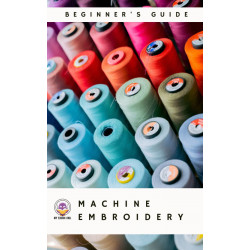02 Aug


There are many little problems that can come in your way while you are sewing. One of the problems that we will be taking a deep look into is the timing of the sewing machine.
To start from the beginning, we are first going to understand what timing on the sewing machine is.
What is Timing in Sewing?
When the needle and the thread get jammed, that means the timing has gone out in your sewing machine. The times when you can tell that the timing is off when:
- You cannot continue to sew because the hook timing is out and the bobbin thread does not get picked up.
- Your sewing stitch looks awful.
Detecting the correct problem
You need to firstly ensure that it is the timing of your sewing machine that is the issue and not something else. Before coming to the conclusion, check if:
- the needle is not bent, perfectly fixed and screwed.
- all the essentials (thread, needle, and fabric) are compatible to one another. Different fabrics require different needles and threads.
If you still are not sure if it is this problem or not, then you will need to perform a timing test. Do not worry, we will explain you how.
How to perform a timing test?
To be sure that the problem with your sewing machine is of timing then you will need to test the needle’s and the hook’s alignment.
- Remove the base cover, the bobbin case, and the switch plate but leave the needle threaded.
- Slowly turn the hand-wheel and see if the hook is catching the thread easily. If it is not, then you possibly have to correct the timing.
- You could also use a scale or a ruler to measure the timing problems. Using the hand wheel slowly put the needle in the lowest of positions and then, you have to raise it to 0.093 inches or 2.4mm (3/32 of an inch). The needle and the hook should meet each other in this position (above the eye). If they do not, then you possibly have to fix the timing.
This is a small timing test to determine that the time has gone out in your sewing machine. After confirming that it is timing that is the problem, prepare your machine to adjust it.
Step I: Get your machine ready
Change the stitch of your machine to either a straight stitch or a wide zigzag position to let the needle go through the center of the switch plate hole. Remove the bobbin case, base cover, the switch plate and the needle-bar cover.
Keep small tools that you might need in the entire adjustment process like a small screwdriver, sewing machine oil or etc.
Step II: Set the needlebar
Sewing Machines come with marks that specify the suitable height for the needlebar. You would need to check your instructions’ manual for details about loosening your needlebar.
Loosen the needlebar and align the top timing mark below the bottom of the timing bar bushing. If there are no timing marks on your machine then just completely lower your needle using the hand wheel. Raise the needle now to 2.4mm. The needle eye should be 2.4mm below the hook’s point.
Step III: Adjust the Hook timing
The hook timing varies between the manufacturers and the sewing machines. The thing that is taken into consideration is general and that is the setting of the distance between the hook and the needle. Lower the needlebar to the lowest position using the hand wheel. Untighten the components in the machine’s base. Adjust the distance between the hook and the needle until they are appropriately apart (0.01-0.16cm or 0.04 to 0.1mm) according to the machine.
Step IV: Test it out
Keeping the bobbin area open, you need to turn the hand wheel slowly to check if the hook is catching up the thread smoothly. If it is catching it without missing or skipping, the timing issue has been fixed.
Step V: Time to get the sewing machine back on track
Now is the perfect time to clean and oil your machine using a clean cloth and some sewing machine oil; we have a complete guide on that.
After doing that, carefully re-assemble the parts and put back on the covers.
Step VI: Final Test
Thread your needle and test out your adjustments on a small piece of fabric. The stitch should stay even; with no skipping or missing neither should the needle face any breakage or so. If the adjustments still do not solve the problem then you would need to make additional changes or check if you made any mistakes in the process or consult a repairer.
We hope that you understood what timing in a sewing machine is and how to resolve it. If your problem does not get resolved then you would need to consult a repairer to check if there is something more than just timing that is interrupting your sewing.
Have Fun Sewing & Embroidering!






-250x250.png)





































Leave a Comment